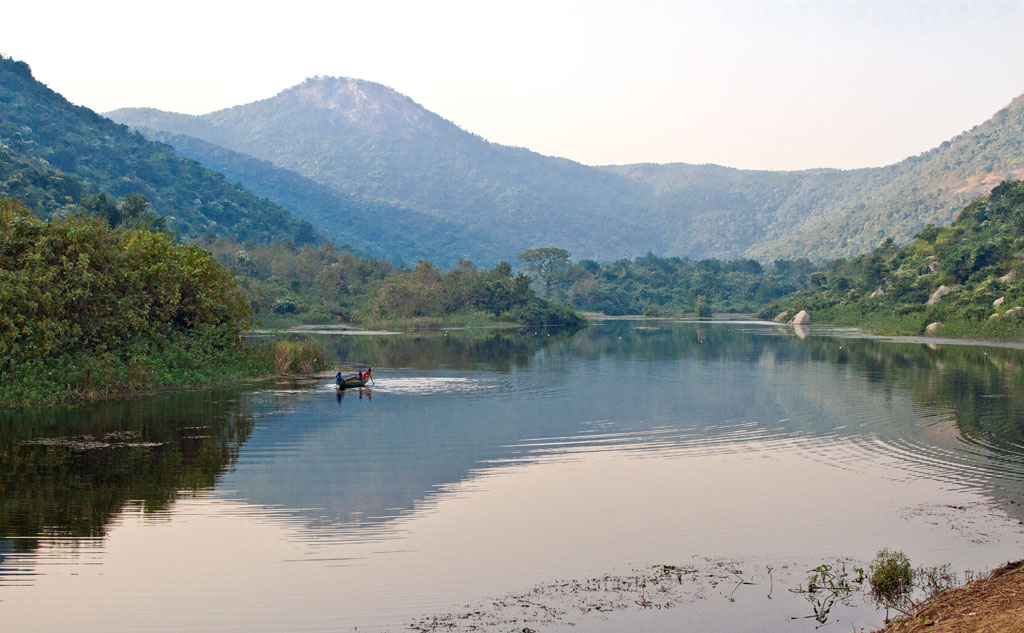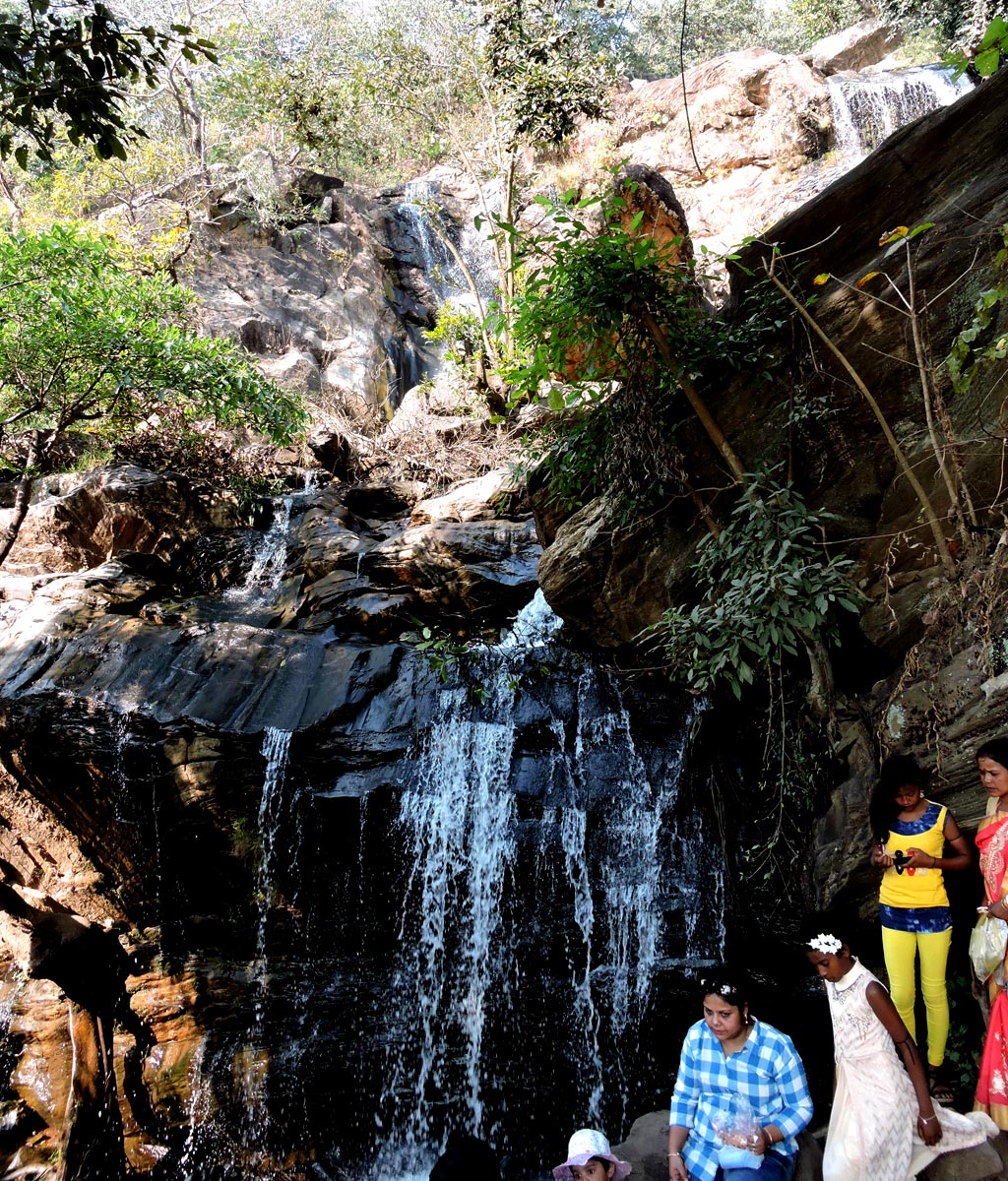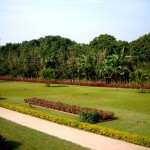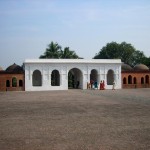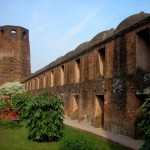Amarkanan is a tourist destination located at a certain distance from Bankura. It is basically a small village that is now growing to become a town of sorts with the introduction of centers of education such as a school and a college. It is located right at the foothills of Koro Hill. Koro Hill is a 400 feet tall hill and is fairly popular among the people who keep visiting Bankura every now and then. It is situated 19 km from Bankura. There is also a temple that is located on the hilltop. This temple has been dedicated to a deity who is known as Savitri Devi. The best time to visit Amarkanan and Koro Hill is during the months of October, November and December. Now a days Amarkanan has become a famous picnic spot in Bankura.
Both Amarkanan and Koro Hill are really exquisite tourist spots that offer a welcome break from the mundane city life and drudgery of everyday work like targets and ambitions etc. The Sri Ram Krishna Seva Dal Ashram, which is located at a short distance from Amarkanan, is also a major tourist attraction of the said area. The Ashram was set up by Sri Gobinda Prasad Singha who was a freedom fighter in the Gandhian school and a zamindar as well.
Over the years a number of well known personalities such as Mahatma Gandhi, Netaji Subhash Chandra Bose, Kazi Nazrul Islam and Satish Dasgupta have visited the ashram. When Kazi Nazrul stayed at Amarkanan he had written a poem named ‘Amarkanan moder Amarkanan’. The beauty of this location lies in the red soil as well as the beautiful hill that lies nearby, thus lending it an eerie charm especially during the night. The buildings, most of them constructed several years ago, present an old world charm that one will not see in most other places in West Bengal.
How to reach
In a direct root SBSTC and private mini Buses are available via Amarkanan from Durgapur (39km) and Bankura (22km).
Other than that Amarkanan is easily accessible from Bankura rail station and Bishunupur.
Where to stay at Amarkanan, Bankura
For people willing to enjoy a night’s stay or two at the Ramkrishna Sebadal Asram in Bankura there are plenty of options. The temple authority has in fact constructed a guest house for that purpose. It is known as the Ramkrishna Sebadal Ashram Guest House and Mandir Guest House. In addition, there is a forest bungalow as well for the ones willing to take that route.
In order to book the bungalow you can contact or get in touch with the DFO of the northern Division. Here are the details:
DFO- North Division
Bankura
PC- 722101
